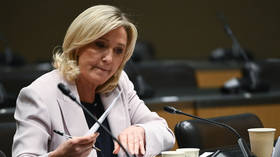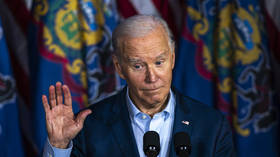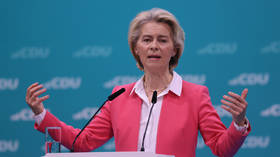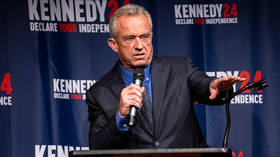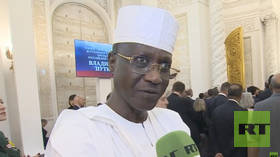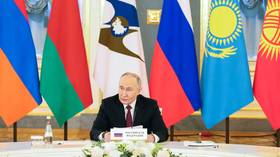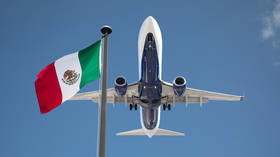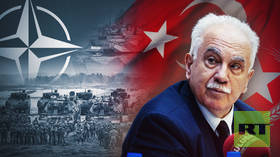Moscow reveals new regions’ economic roadmaps
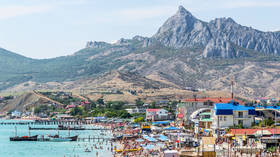
The new regions of Russia will follow the example of Crimea and will see rapid economic growth in the coming years, Minister of Economic Development Maksim Reshetnikov said on Thursday.
Speaking to RT at the St. Petersburg International Economic Forum, Reshetnikov named tourism, science, and agriculture as among the areas of the economy that will be the driving force behind the development of Russia’s new regions.
Russia is currently actively integrating the Donetsk and Lugansk People’s Republics, along with Kherson and Zaporozhye Region into the country’s economic environment, Reshetnikov explained. The government announced in January that it expected to fully integrate the new regions by 2030. The process will not be easy due to the limitations imposed by the ongoing conflict in Ukraine, the minister admitted.
The DPR and LPR, as well as the Zaporozhye and Kherson regions, officially became part of Russia in September of last year after holding public referendums in which the overwhelming majority of voters supported the move.
Crimea became part of Russia in 2014, also after a referendum following the Maidan coup that resulted in the overthrow of the democratically elected government in Kiev.
Ukraine and its Western backers have refused to recognize the results of the referendums and have continued to insist that the four regions have been “illegally annexed” by Russia.
Over the past nine years Crimea’s economic output has grown nearly four-fold, and the region has shown faster growth rates than on average in Russia, the Crimea’s governor said in March.
The economic integration of the new regions is also gaining speed and there is a lot of demand from small and medium-size local businesses for the services that the Russian government is providing, Reshetnikov said. According to the ministry’s data, in just under six months of the current year over 100,000 small and medium size companies have been registered through Russian systems in the area.
Among the support measures currently being developed by the government are a pan-Russian support system for small businesses that would give the local companies every tool they need to succeed, such as micro-finance institutions that can issue loans from the federal budget, and a network of insurance organizations that can help small and medium-sized businesses receive bank loans, according to the minister.
Russia plans to invest nearly $5 billion in the new regions this year. The estimated output of the new regions will stand at about $24 billion this year, or 1.25% of Russia’s GDP, according to projections by the Economic Development Ministry.
For more stories on economy & finance visit RT's business section
